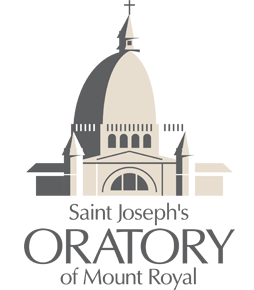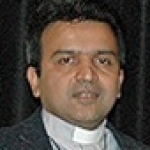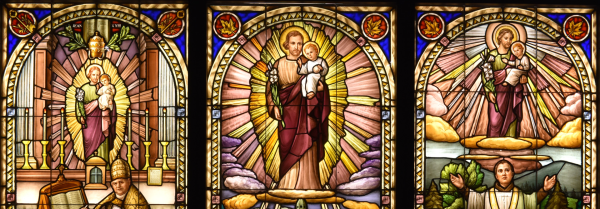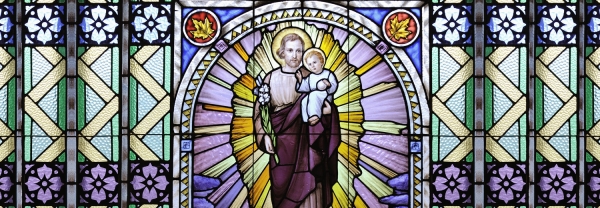Reflection on the Easter Triduum
What is the meaning of the Sacred Paschal Triduum? Father Jomon Kalladanthiyil invites us in a reflection on the three most solemn days of the liturgical year…
The Latin word Triduum means a period of three days. The Easter Triduum unfolds the Paschal Mystery of Jesus Christ. It is the culmination of all liturgical celebrations during the year. During the Easter Triduum, Christians commemorate the central events of their Salvation. Holy Thursday, Good Friday and Holy Saturday with the Easter Vigil run through the essential core of Christian faith: the Passion, Death and Resurrection of Jesus Christ. By participating in the Easter Triduum, Christians want to awaken in them the living memory of the sufferings that the Jesus Christ endured for them. They prepare their hearts to celebrate the Resurrection of Jesus Christ. For Christians, Easter is the biggest day in the liturgical year.
On Holy Thursday, Christians enact the Last Supper, in which the Lord Jesus, on the eve of his Passion and Death, instituted the Sacrament of the Eucharist and the Sacrament of the ministerial Priesthood. The traditional English name for this day, Maundy Thursday, comes from the Latin phrase mandatum novum – a new command – which comes from Jesus’ words: “A new commandment I give to you, that you love one another; even as I have loved you, that you also love one another” (Jn 13: 34). On Maundy Thursday, Jesus established the new commandment of love. During the Mass on Maundy Thursday, Christians remember that Jesus Christ gave his body and blood to them as a remedy for immortality. Therefore, the Eucharist became the source and Summit of Christian life. With the humble and expressive gesture of the washing of the feet, Christians are invited to recall what the Lord Jesus did for his apostles: by washing their feet he concretely proclaimed the primacy of love. He also anticipated the supreme sacrifice of his life which would be consumed the next day on the Calvary.
Good Friday is a day to commemorate the Passion, Cross, and death of Jesus Christ. It’s a day of fasting. The liturgy of Good Friday consists of three parts: the liturgy of the Word, the veneration of the Cross and the reception of the Holy Communion. On Good Friday, there is no Mass because Christians keep the somber and mournful atmosphere of the day. The Body of Christ distributed on Good Friday is consecrated on Maundy Thursday. On Good Friday, Christians remember the humiliation that Christ Jesus undertook for the entire humanity. By dying on the Cross, Jesus takes the suffering and sin of the entire humanity upon him. The veneration of the Cross recalls to the Christians that Cross of Jesus Christ became a sign of victory on Good Friday. The participation in the Way of Cross helps Christians to associate themselves with the sufferings of Christ.
Holy Saturday is marked by profound silence. The Churches are stripped and no special liturgical celebration is foreseen except the Easter Vigil. Waiting for the great event of the Resurrection of Jesus Christ, Christians persevere with Mary in praying and meditating. On Holy Saturday, great importance is given to participation in the Sacrament of Reconciliation, an indispensable way to purify the heart and prepare to celebrate Easter. Saturday of silence, meditation, forgiveness and reconciliation will lead Christians to the Easter Vigil. At the heart of the night, the Paschal candle, the symbol of Jesus Christ in glory, is lit from the new fire. Jesus Christ, the light of humanity, dispels the darkness of heart and mind and illuminates every human being who comes into the World. All the faithful gathered join in procession back to the main sanctuary. The Priest carries the Paschal candle, lifting it three different times and chanting: “Christ our Light”. The people respond by singing: “Thanks be to God”. All people in the Church light their candles from the Paschal candle and then they process into the sanctuary. Then, the Exultet is sung by the deacon or cantor. It is a hymn of praise to God for the light of the Paschal candle from 4th century, from the time of Saint Ambrose. It is a beautiful song of light and glory:
Rejoice, O earth, in shining splendor,
Radiant in the brightness of your King!
Christ has conquered! Glory fills you!
Darkness vanishes for ever!…
May the Morning Star which never sets
Find this flame still burning:
Christ, that Morning Star,
Who came back from the dead,
And shed his peaceful light on all mankind,
Your Son, who lives and reigns for ever and ever. Amen.
The Easter Vigil affirms that Christ is truly Risen and death has no power over Him. By his death he has conquered evil forever and has given to all humans the very life of God. The Bible readings during the celebration give an overview of salvation history and God’s interventions into time and space from the time of Creation till today. From the ancient time, the Easter Vigil was also the celebration for adult converts to be baptized and enter the Church. The catechumens received the Sacrament of Baptism and all faithful renewed their baptismal promises.
Easter Sunday is a day of joy and celebration. Christians celebrate the resurrection of Jesus Christ. The time of fasting and penance is over! Christians sing Alleluia to glorify God for all marvelous things that happen in their life. They fill their life from the life of the Risen Lord Jesus Christ.
Thousands of pilgrims come to Saint Joseph’s Oratory during the Easter Triduum to participate in different celebrations. They come from different walks of life. Rich and poor, healthy and sick, big and small, belonging to different cultures and backgrounds, people come to participate in the Divine Mystery of Jesus Christ. The mystery of the Passover is not for Christ alone, it is for each and every Christian.
May Jesus Christ, our Redeemer, fill us with his life!




